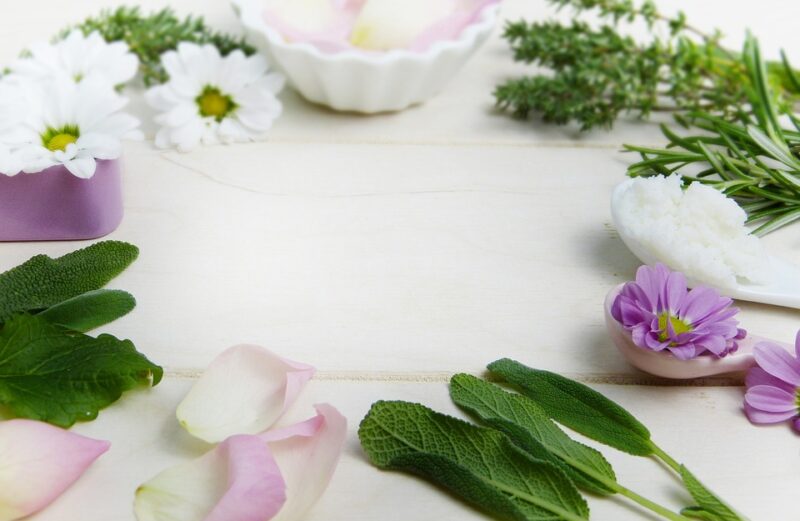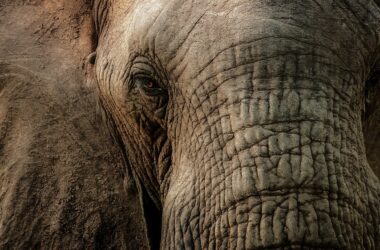As we age, many of us start to notice a subtle, yet significant change in our appearance – a loss of luster or glow in our skin. This common phenomenon is often referred to as skin discolouration, and it can be just as frustrating as it is unavoidable. But what’s behind this decline in skin radiance, and more importantly, how can you reverse it?
Table of Contents
Exposure and Environmental Factors
One of the primary culprits behind skin discolouration is exposure to the sun, pollution, and other environmental stressors. UV light, in particular, is notorious for disrupting the skin’s natural pigment melanin, leading to the formation of irregular hyperpigmentation patterns. Additionally, increased oxidative stress and inflammation caused by poor air quality, cigarette smoke, or harsh chemicals can also damage the skin and make it look dull.
The Sun’s Double Whammy
UV rays not only damage the skin but also impair its natural barrier function. The stratum corneum (the outermost layer of the epidermis) becomes more permeable, allowing dehydrating toxins and free radicals to seep in, further dry out the skin, and reduce its shine. It’s a vicious cycle that can’t be ignored.
Toxic Exposure and Indoor Pollution
Indoor pollution caused by household cleaners, personal care products, and air fresheners can significantly contribute to skin discolouration, mimicking the effects of environmental pollution. For instance, parabens found in many personal care products can mimic hormones and disrupt the skin’s natural functioning, ultimately leading to dull, discoloured skin.
Furthermore, indoor pollutants like particle pollution, volatile organic compounds (VOCs), and particulate matter (PM), can accumulate in the lungs and gut, causing systemic inflammation, which is translated into skin damage, making us look older, dull, and tired.
Age-Related Decline and Hormonal Shifts
As we age, our skin becomes thinner, and its collagen and elastin production slows, losing its elasticity and firmness, often leading to a loss of luster. Additionally, hormonal fluctuations, as is common during menopause, pregnancy, or puberty, can affect melanin synthesis and lead to uneven pigmentation, dark circles, and dull, pale skin.
The decrease in our skin’s natural production of hyaluronic acid, a chief humectant responsible for maintaining skin hydration, further exacerbates the situation, causing dry, matte skin that’s more prone to inflammation and discolouration.
Moreover, age-related cell turnover slows, leaving dead, damaged skin cells to build up, a common cause of skin dullness. It’s essential to understand that we can’t reverse the aging clock, but we can manage its effects using the right skincare products, treatments, and lifestyle habits.
What Can Be Done?
As the saying goes, “The skin is what it eats”, so it’s essential to feed it nutritionally rich ingredients that promote elasticity, hydration, and brightness. A high-quality skincare routine that addresses age-related decline, environmental stress, and hormonal fluctuations can work wonders, while a healthy diet, frequent hydration, and regular exercise support the entire body, including the skin.
In the next issue, we’ll explore some of these essential skincare and lifestyle tips for battling the discoloration dilemma and restoring radiance to your skin.
The Skin Truth: Staying ahead of the signs of aging
Recommended Products
-
Product on sale
 Arbutin 3X Skin Whitening Collagen Body Cream 250gOriginal price was: KD8.000.KD7.000Current price is: KD7.000.
Arbutin 3X Skin Whitening Collagen Body Cream 250gOriginal price was: KD8.000.KD7.000Current price is: KD7.000. -
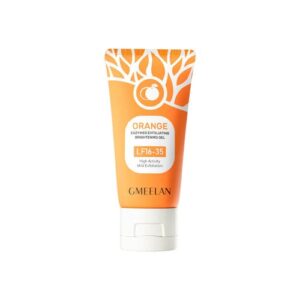 Gmeelan Orange Enzymes Exfoliating Brightening Gel – 50gKD4.500
Gmeelan Orange Enzymes Exfoliating Brightening Gel – 50gKD4.500 -
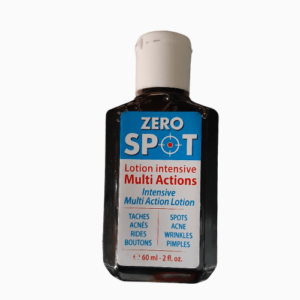 Zero Spot Lotion 60ml | Clear & Even SkinKD5.000
Zero Spot Lotion 60ml | Clear & Even SkinKD5.000 -
Product on sale
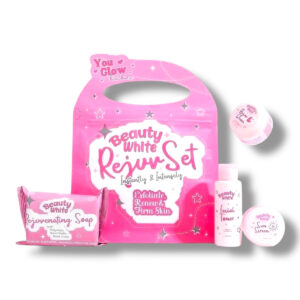 You Glow Babe Beauty White REJUV SETOriginal price was: KD8.000.KD6.000Current price is: KD6.000.
You Glow Babe Beauty White REJUV SETOriginal price was: KD8.000.KD6.000Current price is: KD6.000. -
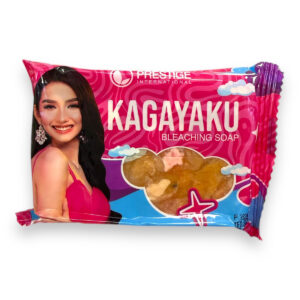 Prestige Kagayaku Bleaching Soap 75gKD2.000
Prestige Kagayaku Bleaching Soap 75gKD2.000 -
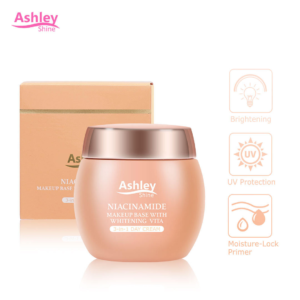 Ashley Shine Niacinamide Whitening 3 in 1 Day Cream – 50gKD4.000
Ashley Shine Niacinamide Whitening 3 in 1 Day Cream – 50gKD4.000 -
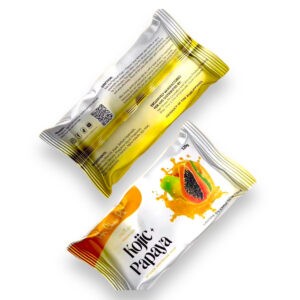 Her Choice Kojic Papaya Soap 120gKD2.500
Her Choice Kojic Papaya Soap 120gKD2.500 -
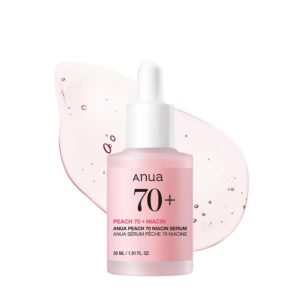 Anua Peach 70 Niacin Serum 30mlKD8.000
Anua Peach 70 Niacin Serum 30mlKD8.000 -
 RDL Kalamansi Whitening Soap – 135gKD1.250
RDL Kalamansi Whitening Soap – 135gKD1.250

